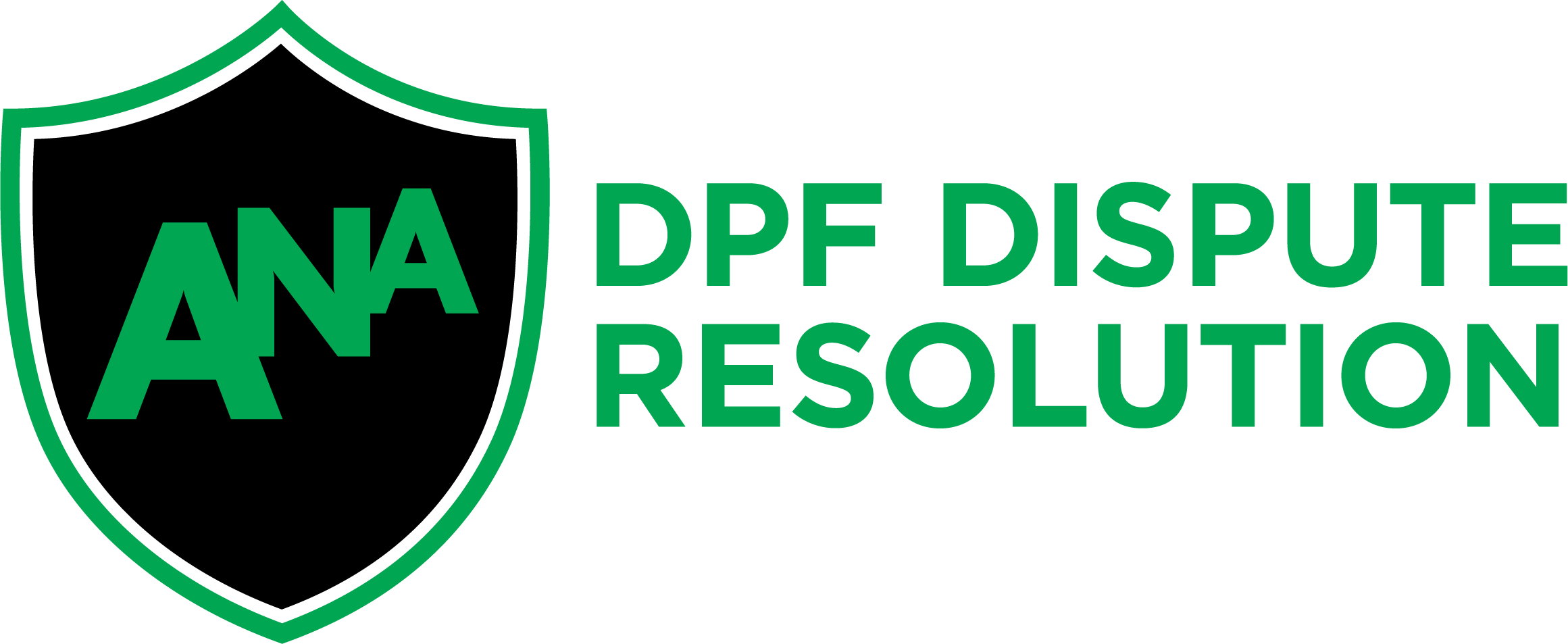
Working Hard Isn’t a Strategy to This Recruiting Influencer
The world of Human Resources has changed three ways to Sunday since I worked in a corporate job in Philadelphia for a big health insurance company. My co-workers were terrific people and it was awesome being part of that community. Still, there was something off about the whole experience where I felt like I didn’t fit into the corporate environment.
The same feeling of “it’s not for me” fell upon my next podcast guest, Tim Sackett. His undergrad degree was in elementary education. The big life plan was to teach.
After doing that for a while, he pivoted into sales and recruiting. His mom owned a technical staffing firm, and Sackett learned the ins and outs of recruiting there. A client was an HR leader for General Motors. He was a mentor and encouraged Sackett to get a master’s in HR, and he would help him get a real HR gig.
“I really thought my career was going to go straight HR,” he said. “I was going to go corporate.”
And he did. He was running talent acquisition for a large health system when he got a call that would change his career forever. His mom had had a heart attack. He would be returning to the family business instead of a corner office in the C-suite.
Watch the full podcast episode, listen to it on Spotify, or continue reading for some of the big highlights from my fascinating conversation with him.
A little envy, no regrets
I was curious if Sackett had any regrets about not being a corporate insider. When he sees a close friend being named to a senior corporate HR role, the thought that goes through his mind is “Oh, I could do that as well.”
There’s a little envy, yes, but no regrets. He has the kind of freedom now in running his own company to do the activities he wants to do (such as writing and public speaking). An added plus is that he still gets to work with enterprise TA leaders, so in reality he’s still in the corporate scene — though he’s not officially an active member.
The worst HR metric ever
Spend a few minutes with Sackett and it becomes clear rather quickly that he speaks his mind. I respect that.
He is admittedly not a big fan of time to fill, the holy grail of TA. To him, it’s not a success metric, even though most people see it as one. “How fast is too fast when we start to impact quality?” he said. “Just because I can fill a position in seven days doesn’t mean I should.”
Sackett says executives and operations people want speed and amazing candidate quality, and they want the role filled as cheaply as possible.
His go-to metric
Because technology is offering more data sets than ever, measuring the funnel is the success metric for Sackett. “I want to know what’s actually being done,” he said.
He sketches out this scenario to make his point. An executive comes to him and says hiring needs to increase by 25% in the fourth quarter. Sackett needs to be able to tell the executive what is feasible or what isn’t. But what typically happens is HR falls short of the 25% hiring goal and someone gets let go.
“We see this in the industry all the time,” Sackett said. If he knows his funnel metrics, however, he can determine if his TA team is at 95% capacity. “I can give 5%, which is equal to these many positions.”
Now, if HR is to increase hiring by 25%, Sackett can go back to the executive to discuss the necessary resources to hit the talent target.
“But we’ve never done that in TA,” he said. “We just go ‘Oh, we’ll work harder.’ Working hard is not a strategy.”
Sourcing
Consolidation in the job board industry is gaining steam, and I wouldn’t be surprised if the Career Builders and Monsters out there eventually coalesce into one entity before going away entirely. Sourcing is a huge part of the funnel conversation, so the obvious question for an expert like Sackett is: How should organizations look at sourcing now that technologies are providing better access?
They “should be building giant databases,” he advised. “I look at some of the best lead gen[eration] people I know in the industry, and they’re building these databases of millions of millions of people because it’s inexpensive and the ability to manipulate those databases and compartmentalize them just gets more powerful.”
The big takeaway
TA leaders, what steps are you taking to build your own database of sources? I have found that job boards, at least for the last decade, have a usefulness. They are scalpels, a sharp, surgical knife, versus a broad ax, for truly specialized roles you need to fill. Is there one source or many sources at the top of the funnel?
Get the latest talent experience insights delivered to your inbox.
Sign up to the Phenom email list for weekly updates!









